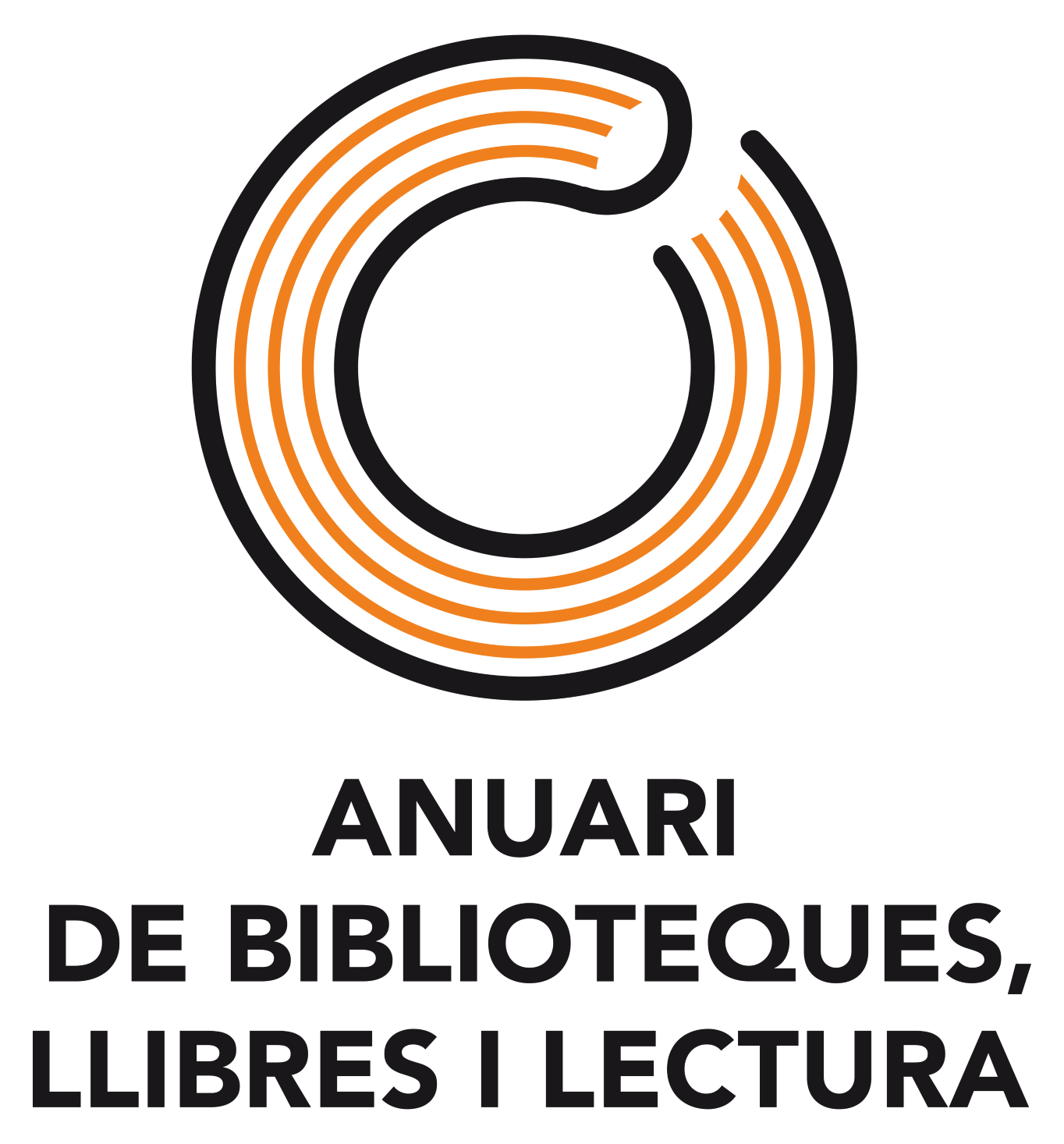Translation in Catalonia (2020-2021)
DOI:
https://doi.org/10.1344/ABLL.2022.7.009Keywords:
Translation, Literary translation, Translated literature, TranslatorsAbstract
Translation continued to play a key role in the publishing world in Catalonia during the years 2020 and 2021. Despite the pandemic, production did not fall significantly, and remained at levels similar to those of the two years prior to Covid-19. Based on the analysis of the ISBN data, the percentage of translations in relation to the total production in Catalonia remained very high, above the Spanish average. A few European languages and Japanese accounted for the majority of translations published in Catalonia (English, very prominently, followed by French, Spanish, Italian, German and Catalan). Japanese was still prominent due to the translations of manga, especially into Spanish. In the translations between Catalan and Spanish, there was a strong imbalance: far more translations were made from Spanish to Catalan than the other way around, and the bulk of these translations were of children's books. As far as subject areas are concerned, literature and children's books were the most frequently translated. During the period analysed, a number of important literary works were translated. Translation awards continued to focus on this literary translation, classified by source language and genre, and presented by institutions, especially the public universities. Scientific meetings on translation had to adapt to the situation created by the pandemic: some were suspended, but many others were carried out in digital format. This means that some of the sessions recorded can still be consulted.
Downloads
Published
Issue
Section
License
Copyright (c) 2023 Pere Comellas Casanova

This work is licensed under a Creative Commons Attribution 4.0 International License.
Creative Commons License
The author who publishes in this journal agrees with the following terms:
- The author retains the copyright and grants the journal the right to first publish the work.
- Texts will be released under the Creative CommonsAttribution-NonCommercial-NoDerivatives, which allows the work to be shared with third parties, provided they acknowledge its authorship, initial publication in this journal, and the terms of the license. No commercial use of the original work or the generation of derivative works is permitted.



